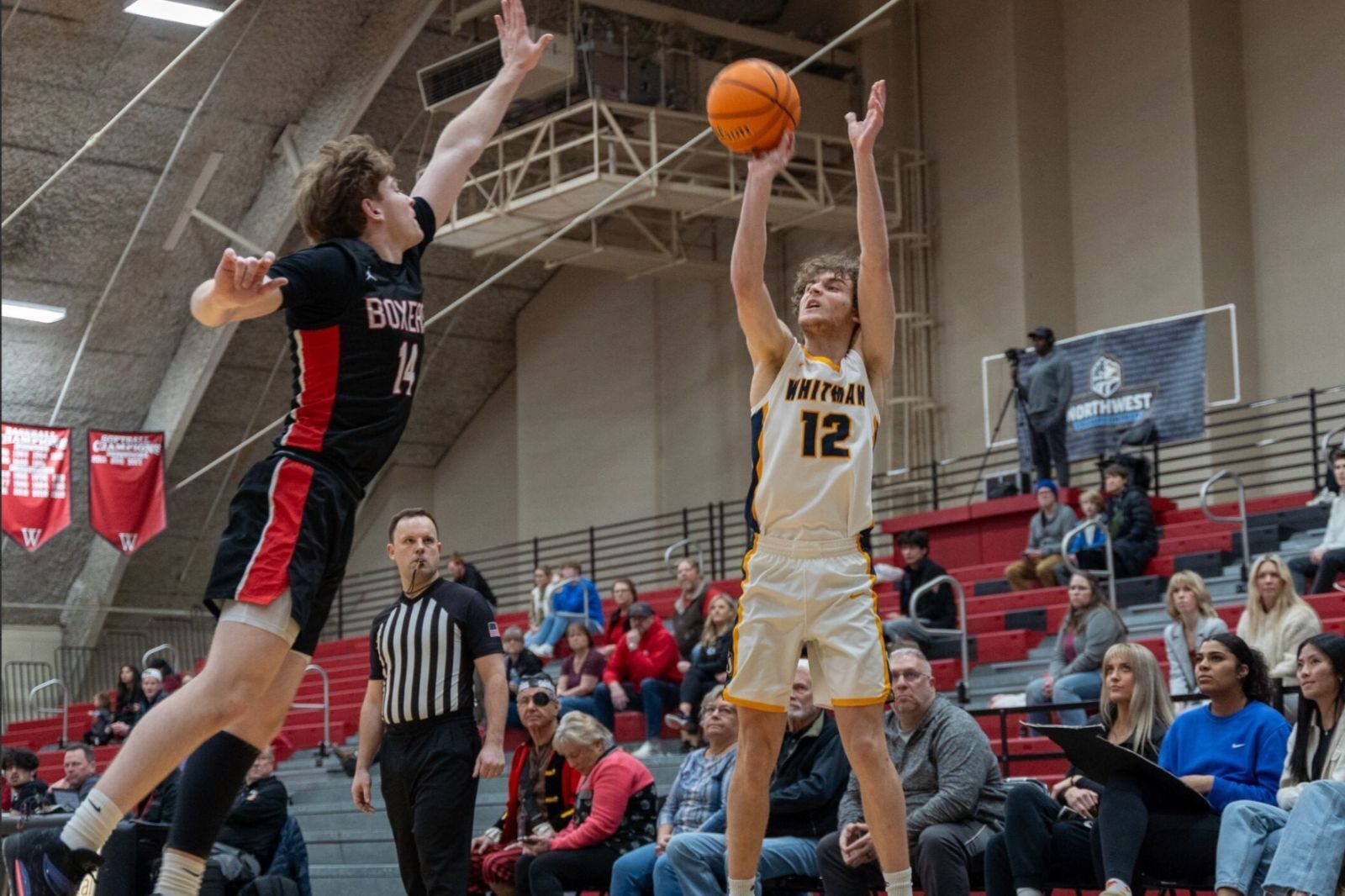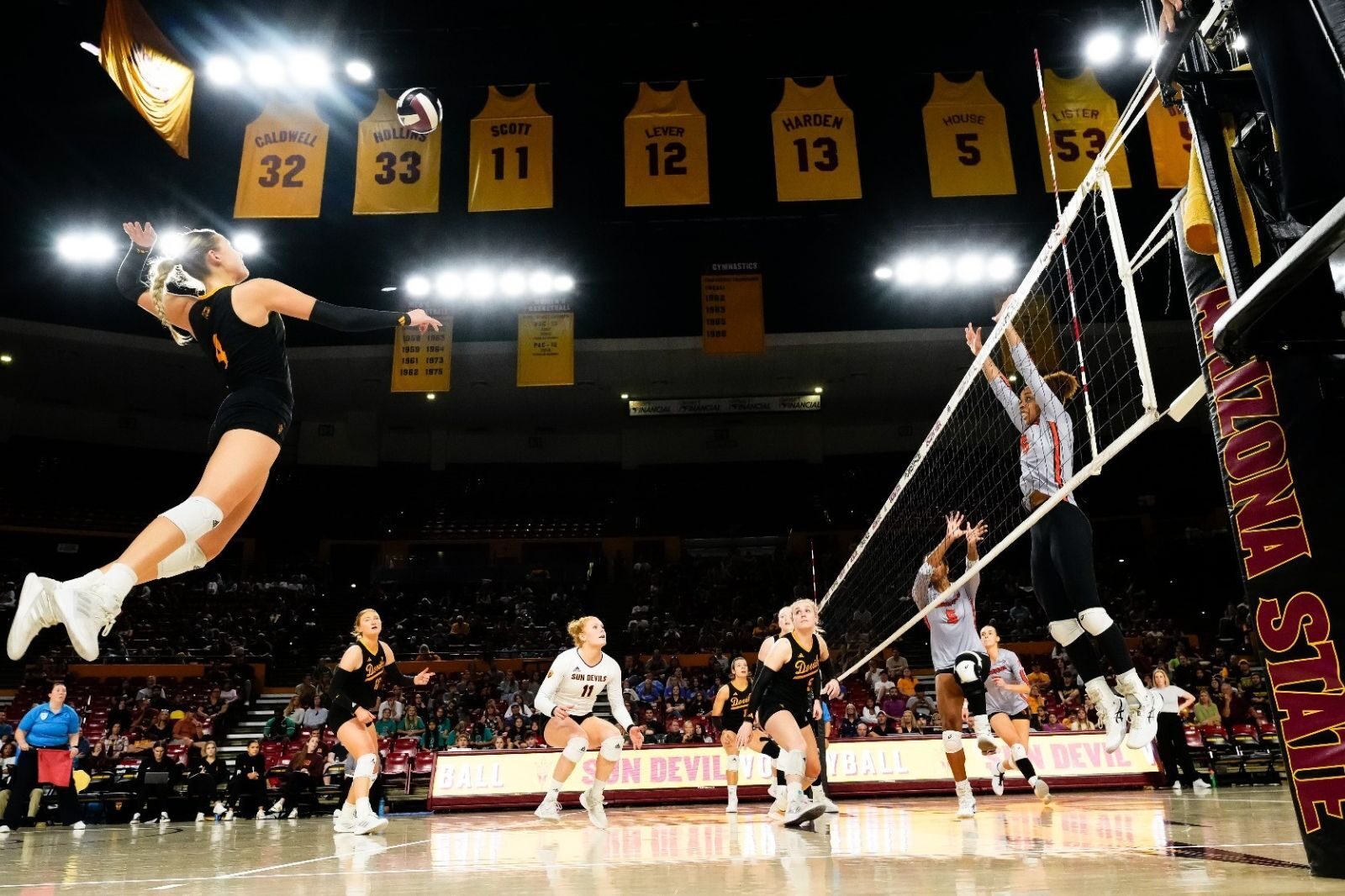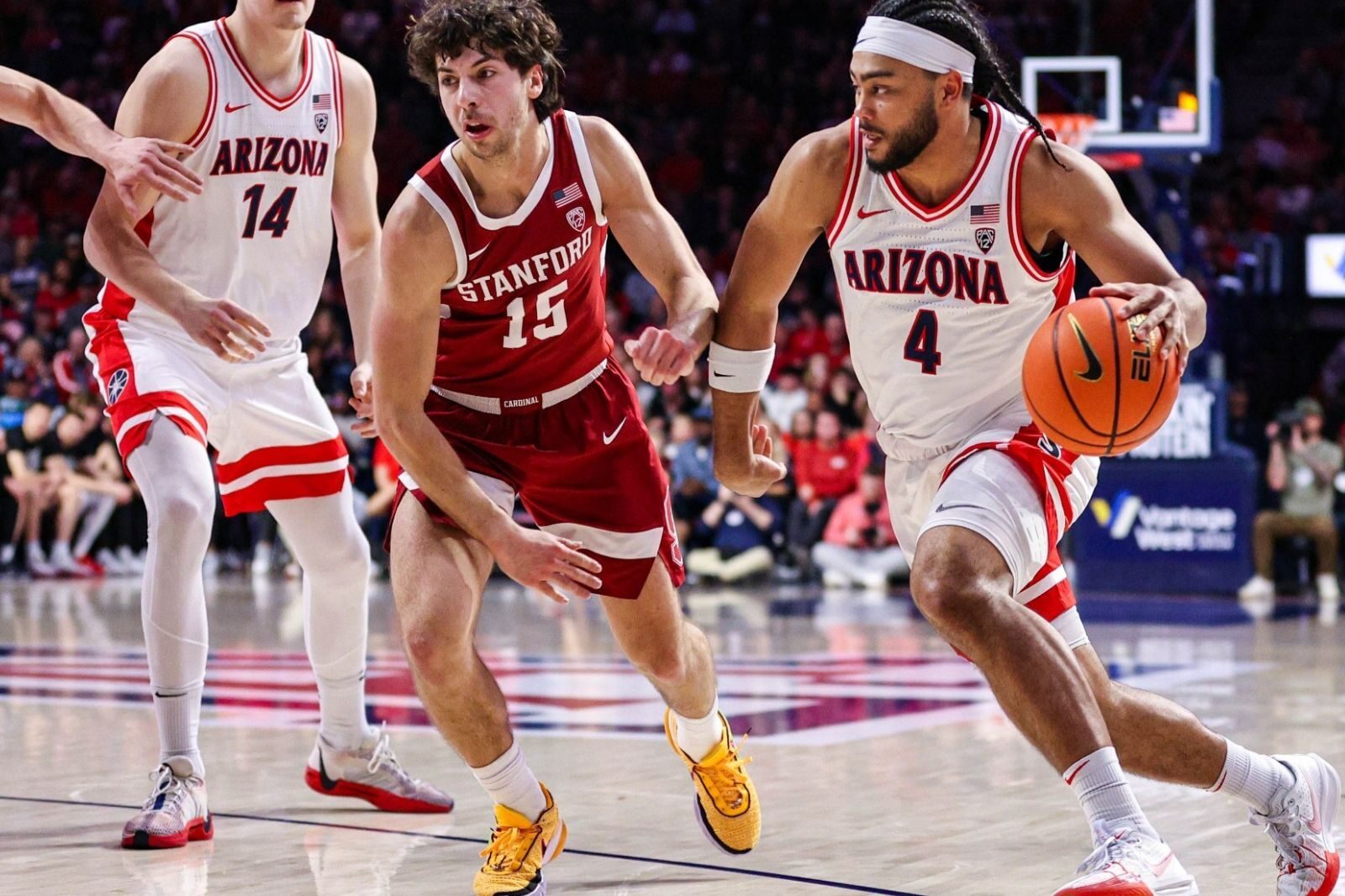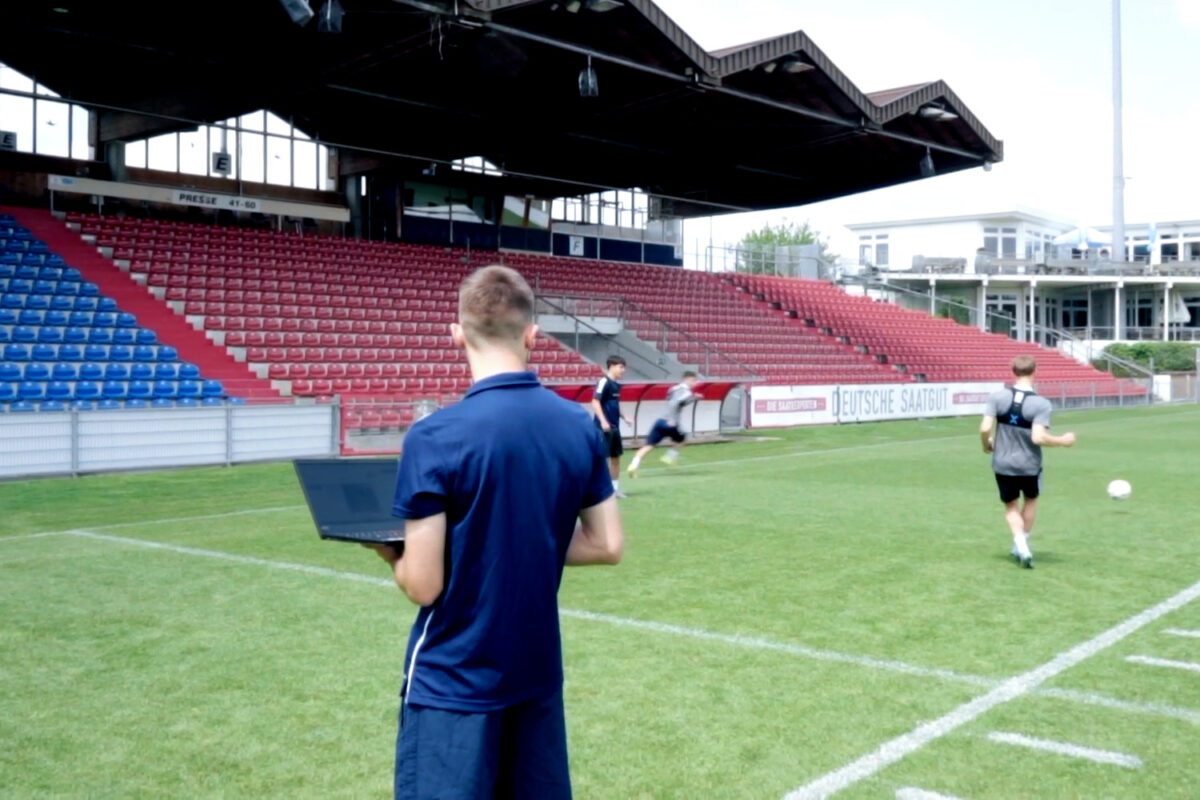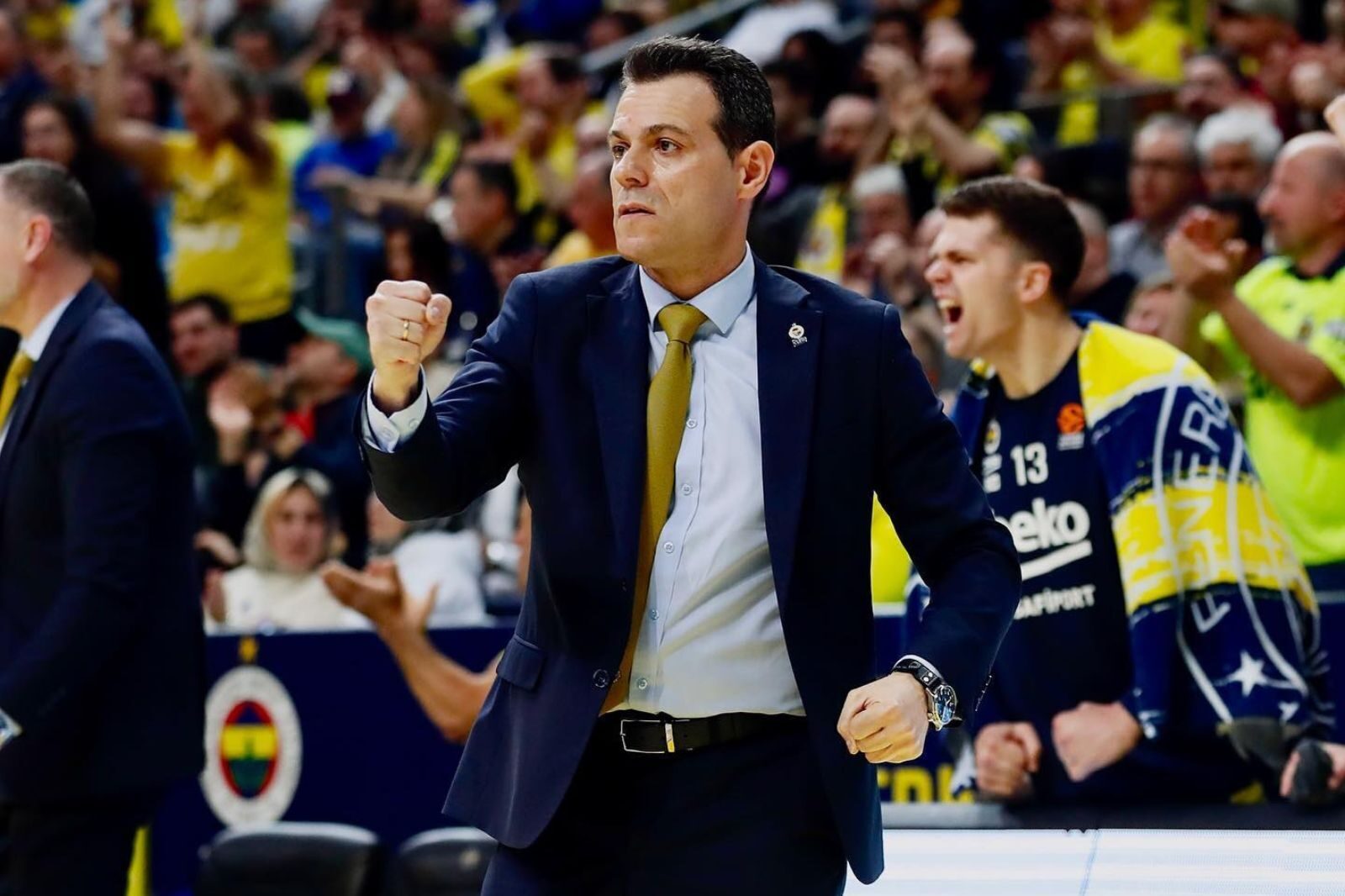Football Injuries: Establishing a Sound Return to Play Protocol With Data
Returning to the field after after the most common football injuries is critical for athletes. It requires careful evaluation and consideration.
Player tracking technology is emerging as a valuable tool in decision-making, enabling coaches and medical staff to make informed judgments on players’ readiness to resume play.

It starts by assessing progress and recovery through performance tracking metrics, so teams can ensure a safer and more effective return-to-play process.
Determining the optimal moment for an athlete’s return to the playing field is challenging and involves risks. Football coaches face the potential consequences of prematurely reintroducing a player, resulting in prolonged sideline periods, even if the athlete is mentally prepared to handle previous workload levels.
However, leveraging performance data and benchmarks as guiding indicators can benefit coaches and athletes substantially. Utilizing performance data as a tool to make informed decisions regarding the readiness of athletes to resume play can provide all parties with peace of mind.

“It’s great to have baseline numbers on athletes and accurate, objective information to see how we can appropriately track progression during rehabilitation training. Whether it’s a load of practice, total distance or percentage of top speed.”
Common Football Injuries

Return-to-play protocols are guidelines that aim to ensure players’ safety and proper recovery after suffering specific injuries. These protocols are typically followed by sports medicine professionals, team doctors, and coaches to determine when a player is ready to return to full participation in football activities.
The specific protocols may vary depending on the severity of the injury and the individual player’s condition, but some common types of football injuries with return-to-play protocols include:
- Concussion: Due to the potential seriousness of head injuries, concussions have strict return-to-play protocols. Players must undergo a gradual, step-by-step process that involves symptom monitoring and clearance from a healthcare professional before returning to contact practice and games.
- Ankle Sprains: Return-to-play protocols for ankle sprains usually involve a series of rehabilitation exercises, strengthening, and balance work to ensure the affected ankle is stable and strong enough to withstand the demands of football activities.
- Hamstring Strains: For hamstring injuries, players often follow a progression of exercises and functional drills to regain strength and flexibility in the injured muscle before returning to full training and matches.
- ACL (Anterior Cruciate Ligament) Tears: ACL tears require extensive rehabilitation and often involve a lengthy recovery process. Players must complete various phases of rehabilitation to regain stability and strength in the knee before being cleared to return to play.
- Groin Strains: Return-to-play protocols for groin strains involve a step-by-step process of gradually increasing the intensity of training and ensuring that the player has fully recovered before returning to full contact.
- Fractures: Depending on the type and location of the fracture, return-to-play protocols for fractures typically involve allowing enough time for the bone to heal properly and undergoing rehabilitation to restore strength and mobility.
- Muscle Tears: Like other injuries, muscle tears require progressive rehabilitation to ensure the injured muscle is strong enough for football activities before the player returns to full participation.
It’s important to note that return-to-play protocols may differ based on the specific guidelines of governing bodies, individual teams, and advancements in sports medicine. Additionally, medical professionals play a crucial role in evaluating the player’s progress and determining a safe return to play.
Sports analytics also contributes valuable insights to the equation.
Coaches can now save 20 – 30 minutes each practice session by using the only GPS football tracker that has a fully automated workload. No manual steps needed. No wires. No cables.
Establish Return To Play Benchmarks

Although every team is different, you can use five general benchmarks to establish a return to play strategy using sports data and analytics. They are:
- Assessing Progress and Recovery
- Objective Evaluation
- Reducing the Risk of Re-injury
- Individualized Approach
- Collaborative Decision Making
Let’s take a closer look at each of them.
Assessing Progress and Recovery: Performance tracking technology provides objective data on an athlete’s physical performance during recovery. Metrics such as speed, acceleration, deceleration, and direction changes can be monitored and compared over time to gauge progress. By tracking these metrics, coaches and medical professionals gain valuable insights into players’ physical capabilities and can assess how much they have regained their pre-injury form.
Objective Evaluation: Subjective assessments alone may be prone to biases and personal judgments. Performance tracking metrics objectively evaluate an athlete’s physical readiness to return to play. By relying on data-driven insights, decisions regarding a player’s return can be made based on concrete evidence rather than solely relying on subjective opinions.
Reducing the Risk of Re-injury: Premature return to play can significantly increase the risk of re-injury. Performance tracking metrics help identify any lingering physical deficits or limitations, allowing coaches and medical staff to address them before clearing the player for competition. The risk of reinjury can be minimized by closely monitoring the data and ensuring that the player has fully recovered and regained their required performance levels.
Individualized Approach: Every athlete’s recovery journey is unique. Performance tracking metrics enable a tailored approach to the return-to-play process. By monitoring individual progress and comparing it to baseline data, coaches and medical staff can create customized rehabilitation programs and adjust training intensity accordingly. This personalized approach ensures that each player is optimally ready to return to the field.
Collaborative Decision Making: Performance tracking metrics facilitate collaborative decision-making between coaches, medical professionals, and athletes. By providing objective data, all stakeholders can have informed discussions about the readiness of the player to resume play. This shared decision-making process fosters trust communication and ultimately enhances the overall safety and effectiveness of the return-to-play process.
Make Sports Data Part of Your Strategy

Making return-to-play decisions based on performance tracking metrics revolutionizes how athletes recover from injuries. By assessing progress, reducing re-injury risks, and enabling personalized approaches, performance tracking technology empowers teams to make more informed and safer decisions.
Embracing this data-driven approach enhances the return-to-play process and optimizes long-term player health and performance.
Interested in learning more about our GPS-based technology supporting coaches and athletes with return-to-play training strategies? Visit our PERFORM GPS Pro page for more information.
Or watch our demonstration. Our sports scientists recorded a demonstration that you can see by clicking the link below. It’s the first step you can take towards embracing the power of player tracking to elevate your team’s performance on the field.
